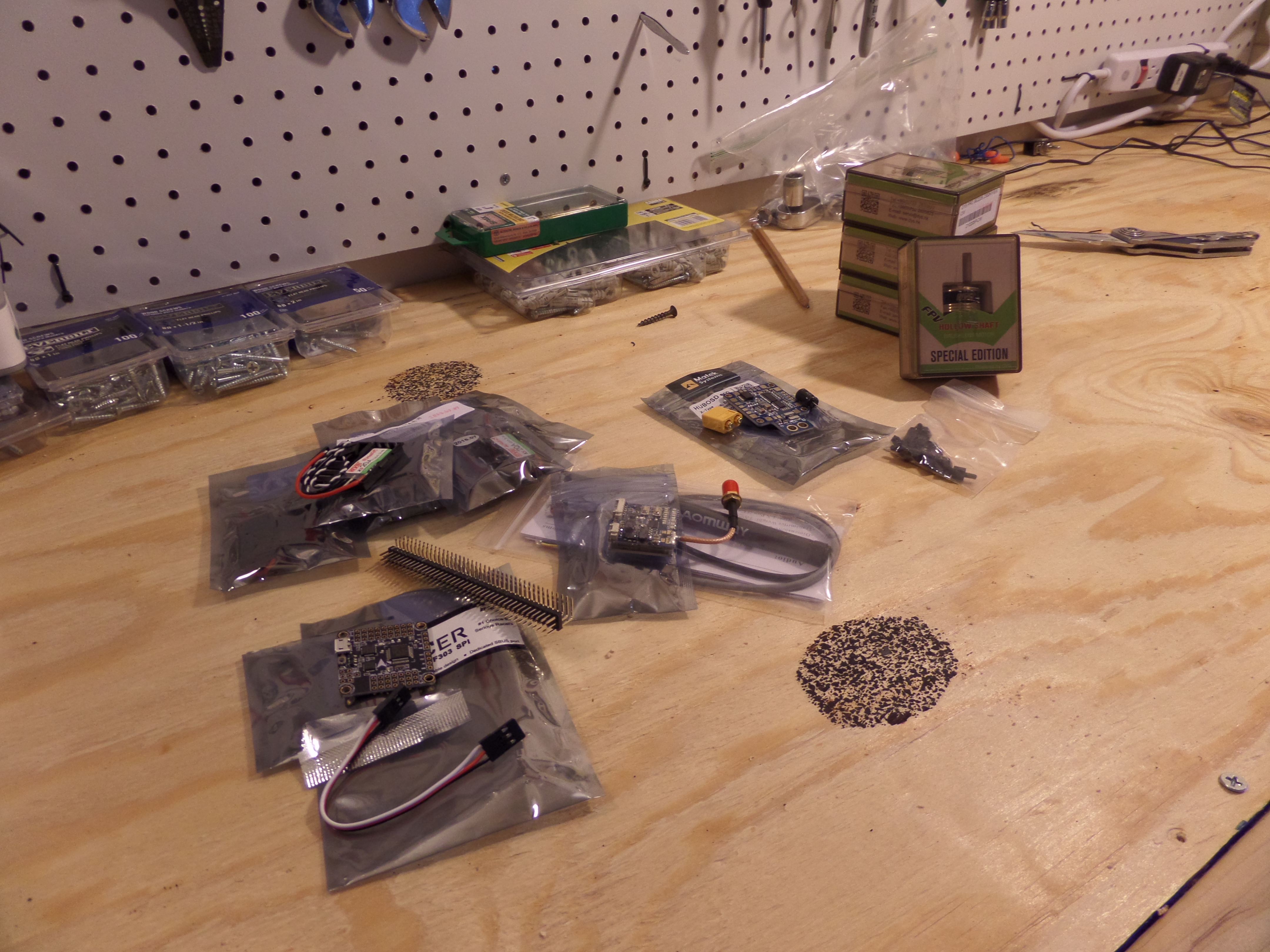I take it for granted that I know what is going on with drones nowadays. I think there are still plenty of people who might give me a deer-in-headlights look if I tell them “drone racing” is a real thing. Well, that’s right people, it is a thing! And it’s awesome!
Here, let me prep you with some razzle dazzle video from the Drone Racing League so you know what we’re getting into:
https://www.youtube.com/watch?v=QSZmSNL_0r8
If that’s your first time seeing this sort of thing, welcome to the future. What you are looking at are quadcopters with cameras and video transmitters attached that send their video signal back to the pilot to view on any video device, usually goggles with integrated screens, which give them a First Person View while flying the aircraft.
This has been building over the course of the last few years. What began as a cottage industry piggy backing on the availability of cheap sensors and LCD screens provided by the smart phone revolution has now grown into somewhat of a sport that is on the cusp of breaking into the main stream. You have organizations like the Drone Racing League that have big money behind them and put on big fancy shows on ESPN2, which are a lot of fun to watch and represent a futuristic vision for the sport. Then you have others like MultiGP who are a more grass roots style of organization that help set up local chapters to run races all around the country. And to really put things into perspective, check out this report on the million dollar race put on by World Drone Grand Prix:
https://www.youtube.com/watch?v=pZ0viMxYDA4
There is a MultiGP chapter here in Kansas City. I tracked them down with a tip from a guy at my local hobby shop. Apparently you can just search Facebook for <City Name>FPV and you have a good chance of finding a group near you. Thus I found and joined (somewhat unofficially at the moment) KCFPV. I went and spectated the race they put on this past November. It was a blast! But there are a few more steps I need to take before flying in my first race.
First, I need a regulation-size quadcopter. I have built two tricopters in the past, but they were larger and intended for more efficient slow flights. The only size requirement for the KC MultiGP races are typically:
- Maximum propeller length: six inches
- Maximum # of battery cells (in series): four
Note that these are sizes of pieces of the power train. They don’t regulate what frame design you use (as far as I know), but the trend the last few years has been to fit as much power onto as small a frame as you can. Of course people are always experimenting with different frame designs and motor / propeller combinations which makes each race unique. Not only are you testing pilot skill, but also their design, building, and repairing capability. Of course it turns out flying these things is actually quite challenging, so pilot skill determines the outcome of 99% of races.
The way they give a numeric size to quadcopters is to draw a circle that intersects the shaft of every motor on the aircraft, then give the diameter of that circle in millimeters. If you pull up to a local race today you will most likely see people flying quads anywhere from 170mm-250mm, mostly with tri-blade 5″ props (why oh why do we use metric everywhere except prop length?). That’s what I’m preparing to build now. At the moment I have accumulated the majority of the components… they are just waiting there, calling to me…
I still need a frame, radio receiver, propellers and batteries. Don’t worry – you’ll get to see the thing get built up from scratch if you stick around.
The second thing or collection of things I need to do is to register with the authorities. In exchange for $5 the FAA will give me a serial number to stick on the copter. In exchange for $38-$75 the Academy of Model Aeronautics will give me rights to fly in sponsored areas nationwide and various other benefits depending on my membership level. Finally I’ll need to register as a MultiGP pilot in order to participate in races and have my results tracked. As a stretch goal I might look into getting a HAM radio license because I think it is technically required in order to operate on the frequencies and power levels required by FPV quadcopters. But I’m considering that optional until I do a little more research.
The third thing I need to do is practice. A lot. As far as my FPV flying experience goes, this will be like stepping up from a go-kart to an F1 racer. I don’t want to destroy my new copter too quickly, so I need to get a few months of flying at those speeds under my belt before attempting to do it through gates on a race course.
As I continue to post updates I aim to provide good exposure to what is a fascinating and friendly community-driven hobby turned sport. It has provided me with great learning opportunities and certainly tickles the engineer part of my brain. I hope it does for you too, or at least provides something interesting to look at!

